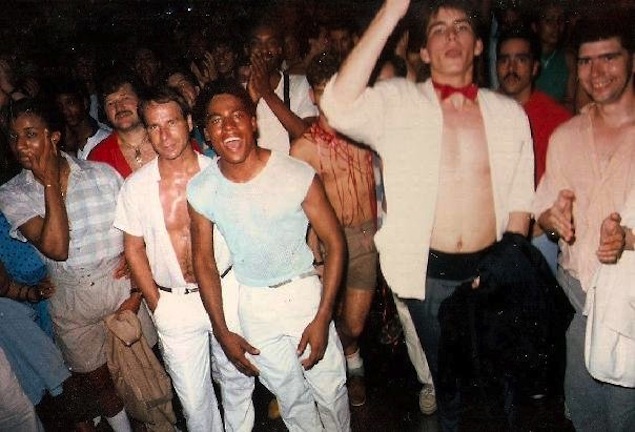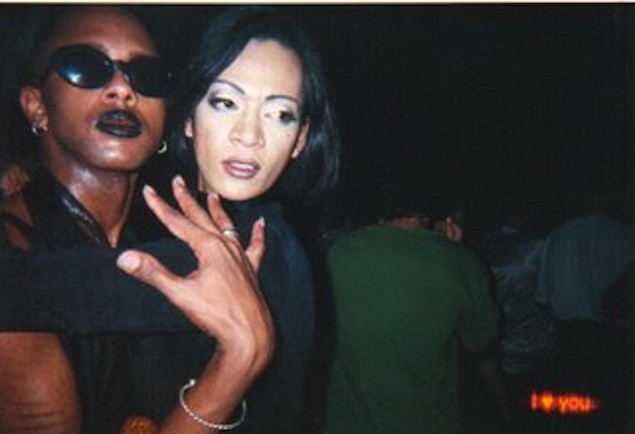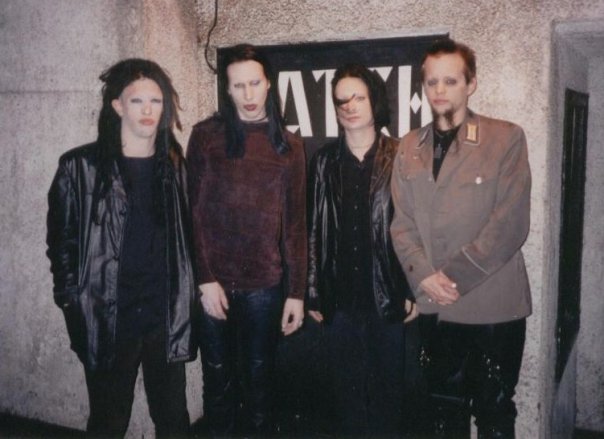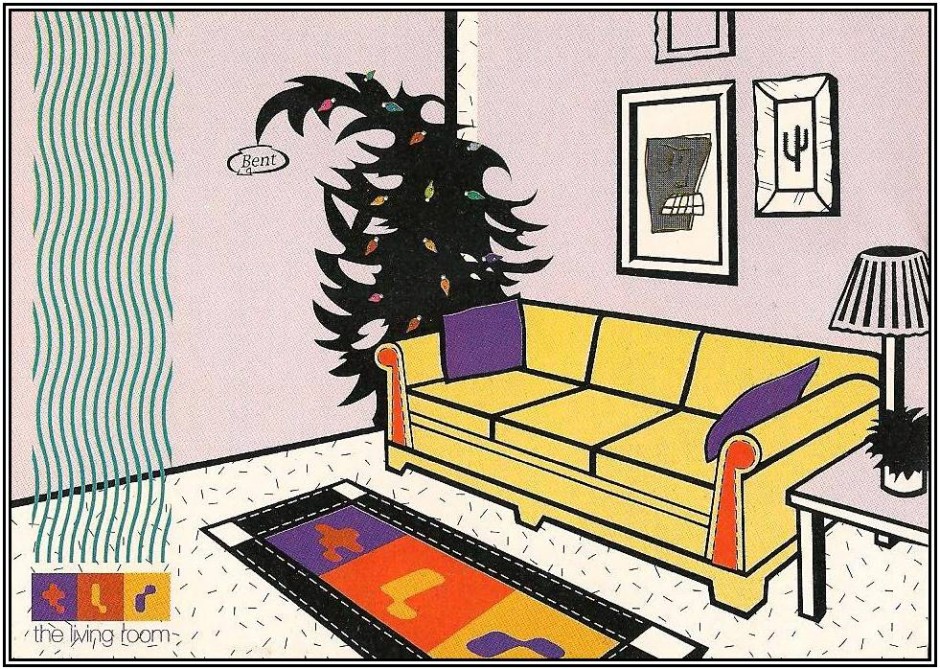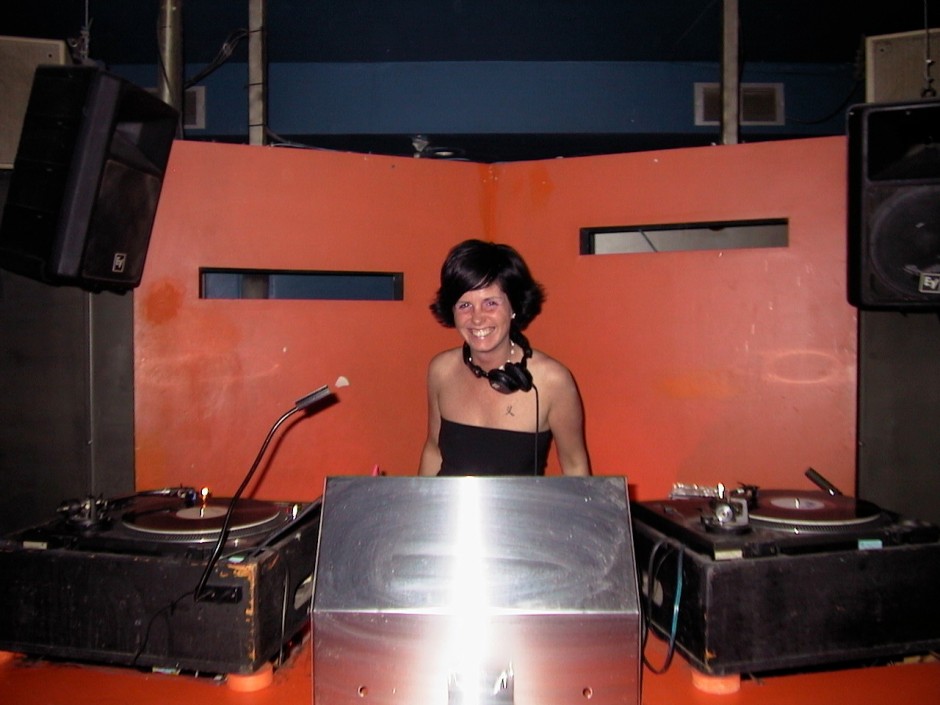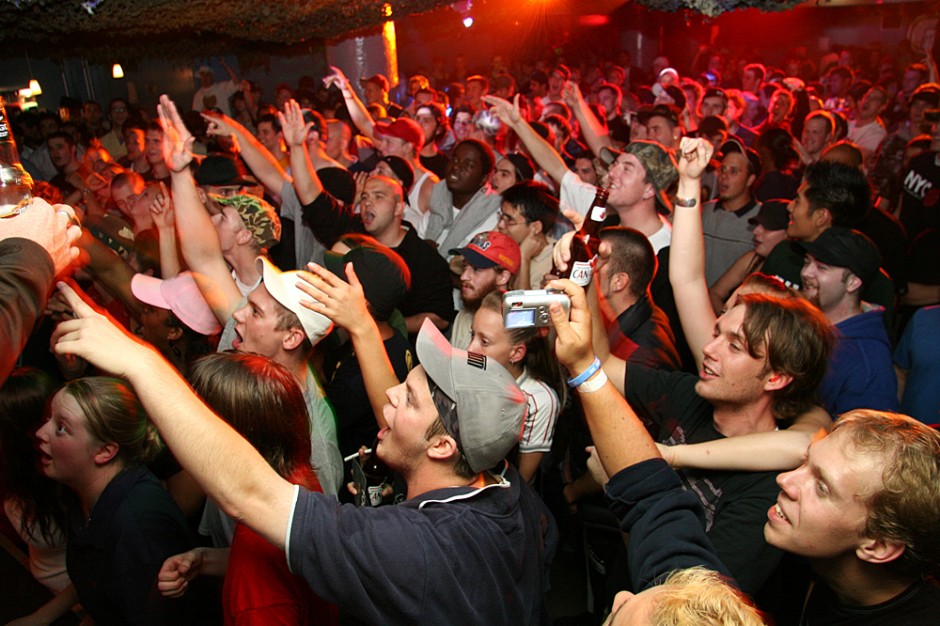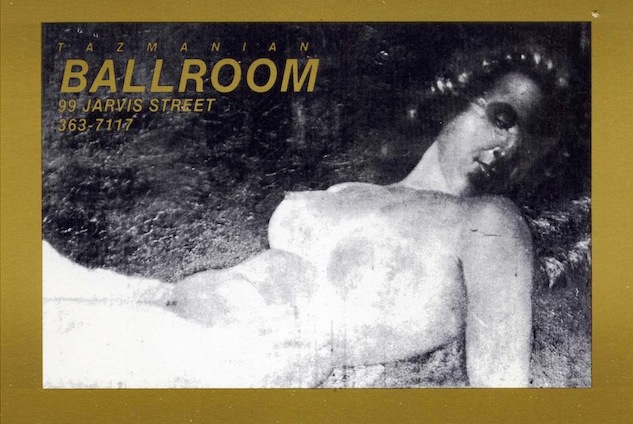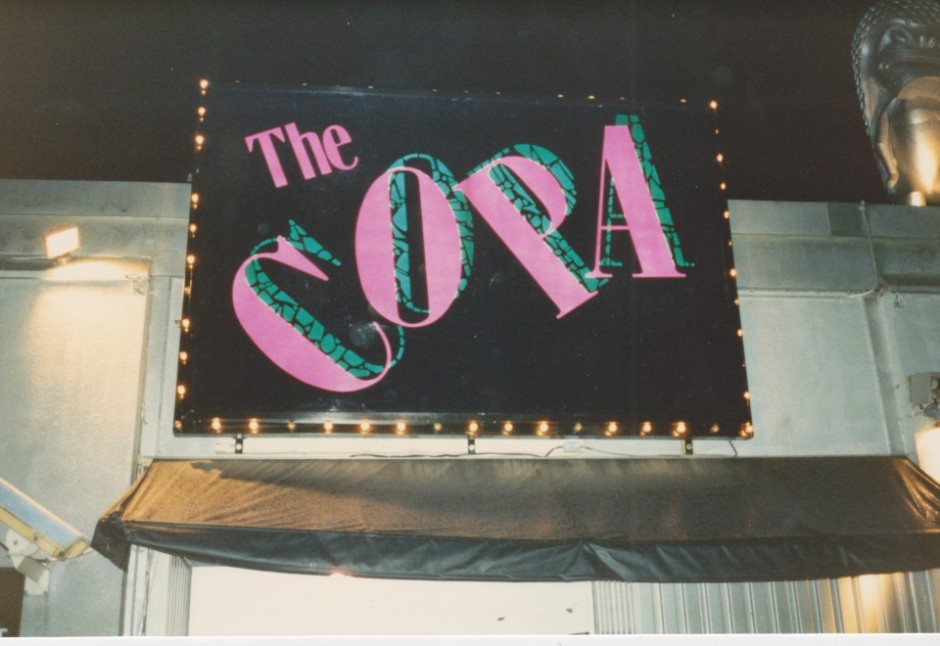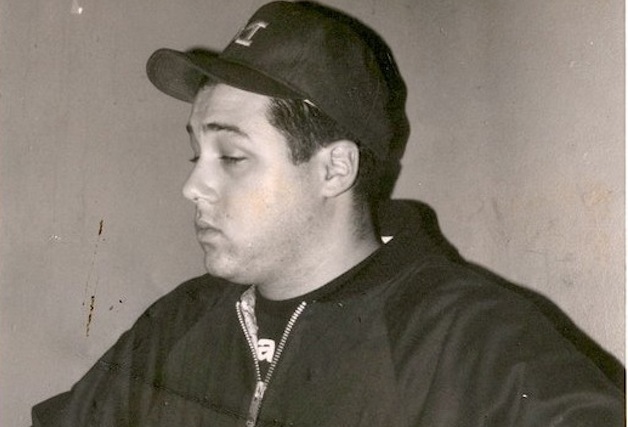Maria Del Mar (left), Al Jourgensen of Ministry, Ogre of Skinny Puppy and Chris Sheppard backstage at RPM. Photo courtesy of Sheppard.
Article originally published July 26, 2012 by The Grid online (TheGridTO.com).
We revisit the club that brought nightlife to the deepest edge of downtown, welcomed legends like the Ramones and Beastie Boys, and transformed resident DJ Chris Sheppard into a globe-trotting superstar.
BY: DENISE BENSON
Club: RPM, 132 Queens Quay East
Years in operation: 1985-1995
History: Before the mid-1980s, the bottom of Jarvis Street, along Queens Quay, was not a clubbing destination. Sure, people had been known to party at Jackie’s, a nightclub space created within the Hilton Hotel at Harbour Square (now the Westin Harbour Castle), and things at Captain John’s could get rowdy on occasion, but the area was far less traveled than it is today.
In 1984, brothers Albert and Tony Assoon built on the success of their popular Richmond Street afterhours club, Twilight Zone, and opened Fresh Restaurant and Nightclub at 132 Queens Quay St. E. Here, they laid the foundations for an entertainment complex that they would not be able to fully realize. Less than two years after Fresh had opened, the Assoons no longer held claim to the business. (Albert Assoon has told me directly that they were forced out while others have stated the demand note on the Assoons’ loan was called in and could not immediately be paid in full.)
What this legal and financial tussle makes clear is that the huge converted warehouse building at 132 Queens Quay E. had already become a coveted nightclub spot. A week after its doors were chained, a crew of people largely associated with Yorkville hotspot The Copa (including Martin Arts and Neil Vosburgh), along with artist/entrepreneur Murray Ball, were the new owners.


